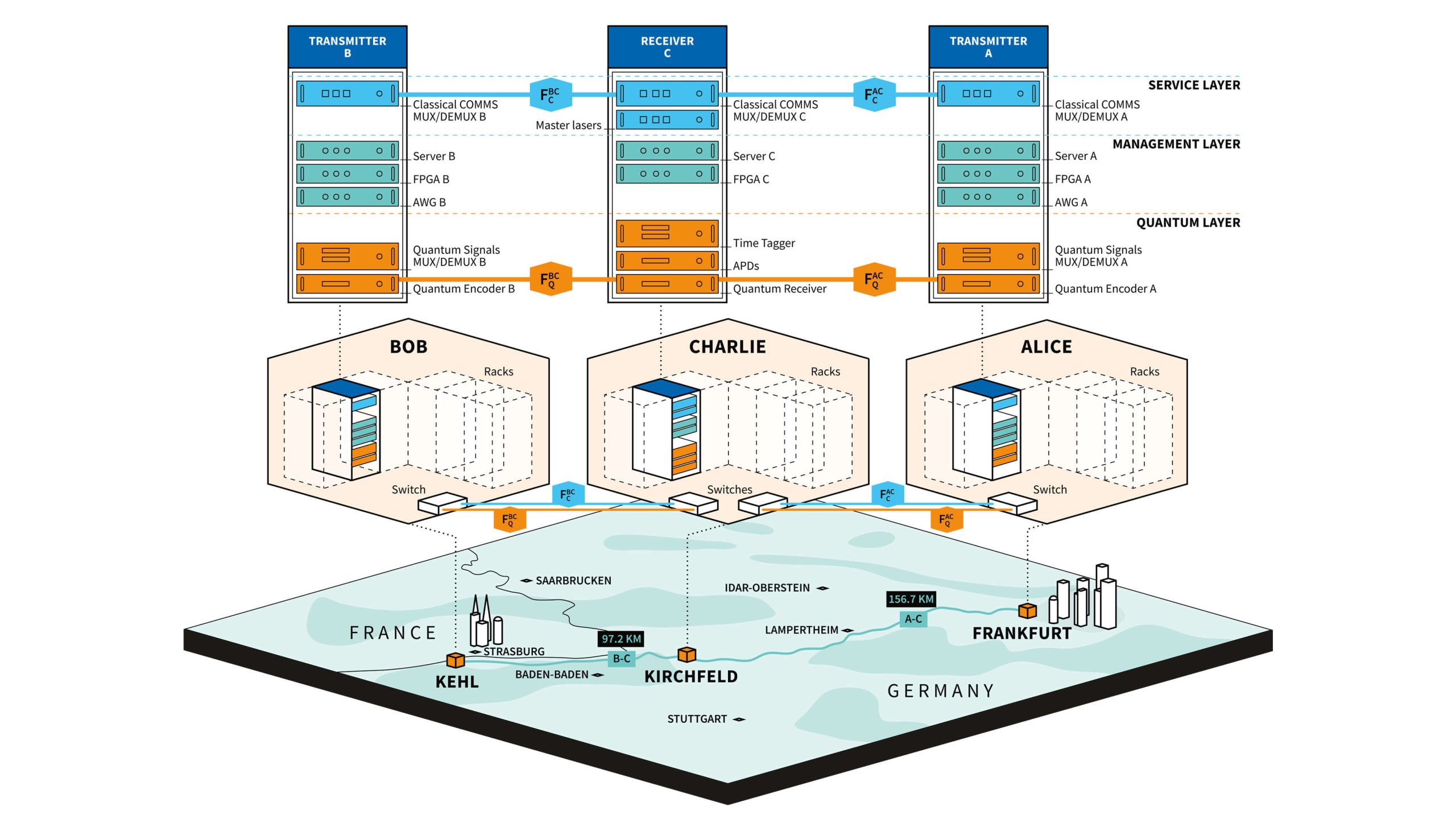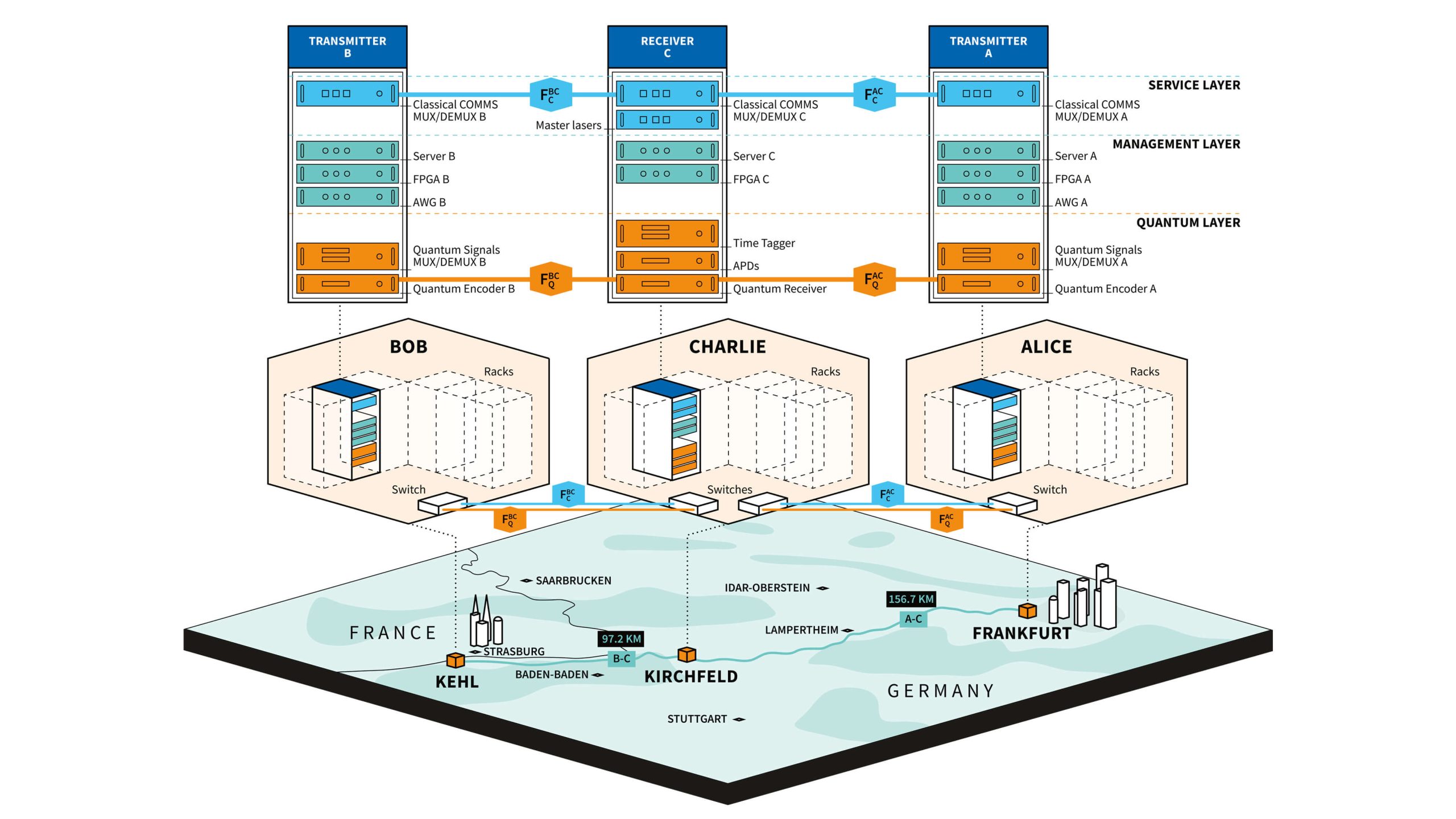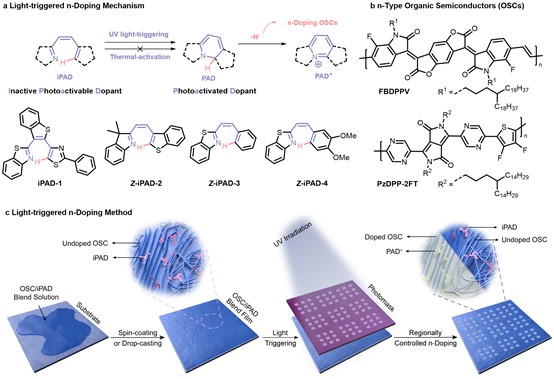2025-04-24 Toshiba Europe Limited

<関連情報>
- https://www.global.toshiba/jp/technology/corporate/rdc/rd/topics/25/2504-02.html
- https://www.toshiba.eu/cambridge-research-laboratory/news/toshiba-breakthrough-brings-quantum-communications-to-existing-national-scale-telecommunications-infrastructure/
- https://www.nature.com/articles/s41586-025-08801-w
展開された通信ネットワークにおける長距離コヒーレント量子通信Long-distance coherent quantum communications in deployed telecom networks
Mirko Pittaluga, Yuen San Lo, Adam Brzosko, Robert I. Woodward, Davide Scalcon, Matthew S. Winnel, Thomas Roger, James F. Dynes, Kim A. Owen, Sergio Juárez, Piotr Rydlichowski, Domenico Vicinanza, Guy Roberts & Andrew J. Shields
Nature volume 640, pages911–917 (2025) 24 April 2025
https://doi.org/10.1038/s41586-025-08801-w
Abstract
Recent advances in quantum communications have underscored the crucial role of optical coherence in developing quantum networks. This resource, which is fundamental to the phase-based architecture of the quantum internet1, has enabled the only successful demonstrations of multi-node quantum networks2,3,4 and substantially extended the range of quantum key distribution (QKD)5. However, the scalability of coherence-based quantum protocols remains uncertain owing to the specialized hardware required, such as ultra-stable optical cavities and cryogenic photon detectors. Here we implement the coherence-based twin-field QKD protocol over a 254-kilometre commercial telecom network spanning between Frankfurt and Kehl, Germany, achieving encryption key distribution at 110 bits per second. Our results are enabled by a scalable approach to optical coherence distribution, supported by a practical system architecture and non-cryogenic single-photon detection aided by off-band phase stabilization. Our results demonstrate repeater-like quantum communication in an operational network setting, doubling the distance for practical real-world QKD implementations without cryogenic cooling. In addition, to our knowledge, we realized one of the largest QKD networks featuring measurement-device-independent properties6. Our research aligns the requirements of coherence-based quantum communication with the capabilities of existing telecommunication infrastructure, which is likely to be useful to the future of high-performance quantum networks, including the implementation of advanced quantum communication protocols, quantum repeaters, quantum sensing networks and distributed quantum computing7.




